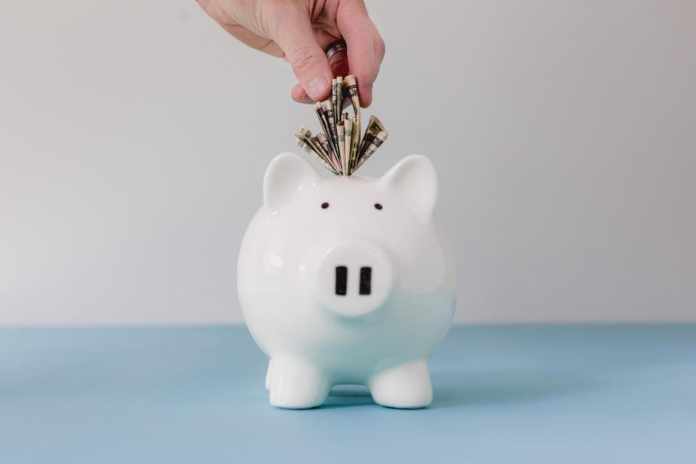In times like these, it’s the emergency fund’s time to shine. As your “uh oh” money, these savings are there to help when life goes sideways, and you need more help than your paycheck can give. Find two important reasons why you should not overfill your emergency fund.
Nearly every financial guide published today says you need to start saving more in this fund to get your financial house in order. But is there such a thing as saving too much in your emergency fund? Let’s find out.
Table of Contents
How Much Should You Save?
Generally speaking, you should aim for setting aside the equivalent of three to six months’ worth of expenses in your fund as “just in case” money — just in case your car breaks down out of the blue, you need to rush to the ER, or you lose your job.
Without savings, these unexpected emergencies pose a challenge. Fortunately, there are cash advances that work as an alternative to savings. A cash advance from MoneyKey, as an example, is designed specifically for these unexpected emergency expenses. But like any loan, you must repay your cash advance, plus interest and fees. Your Emergency Fund, on the other hand, has no such charges.
So, following this line of thinking, wouldn’t it make sense to pack as much money into savings so that you never have to pay for an emergency cash advance?
While more savings is always better than none, there’s a reason why the standard benchmark is just half a year of expenses.
Reason Number One: You Lose out on Earnings
Your emergency fund needs to be available at the drop of the hat. That’s why most people choose to stash this emergency cash in a short-term savings account. It won’t have minimum balances or withdrawal limits that complicate accessing your savings in a pinch.
The trade-off for these perks is a low interest rate. At just 0.06%, the average interest rate for a basic savings account won’t accrue much money. In fact, it fails to keep pace with the rate of inflation.
This doesn’t matter for short-term savings you intend to use in the next year or two, but it does become significant once you have a lot of money sitting in a low-interest account. You’re losing out on your earning potential on any money that sits in this account long-term.
Once you reach your three-to-six-month goal, you may consider putting the excess into an account with a higher rate of return.
Reason Number Two: You May Be Overlooking Other Savings
If you’re funneling all your saving power into your emergency fund, you may turn a blind eye to long-term savings.
Saving up to buy a house, afford your child’s education, or retire in comfort may be decades away, but they benefit from a proactive approach. The earlier you start saving, the easier it will be to amass the huge amount of money you need to achieve these goals.
These goals’ extended lifetime is their advantage. At 35, saving for retirement may be a 35-year journey. There’s a big chance you won’t tap into these savings for that whole time, which means you can capitalize on long-term, high-interest savings accounts and tax-advantaged options.
The Takeaway
There’s one thing for sure: Your Emergency Fund is essential to your financial stability. What’s less certain is how much you need to be stable. Overfill Your Emergency Fund isn’t necessarily better. Sometimes, it’s the quality of your savings that count.








